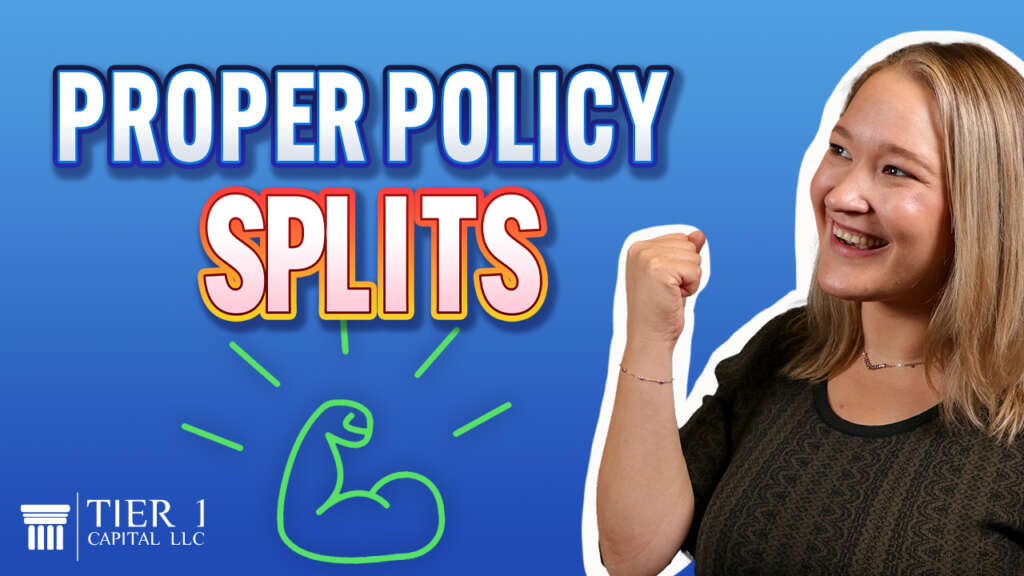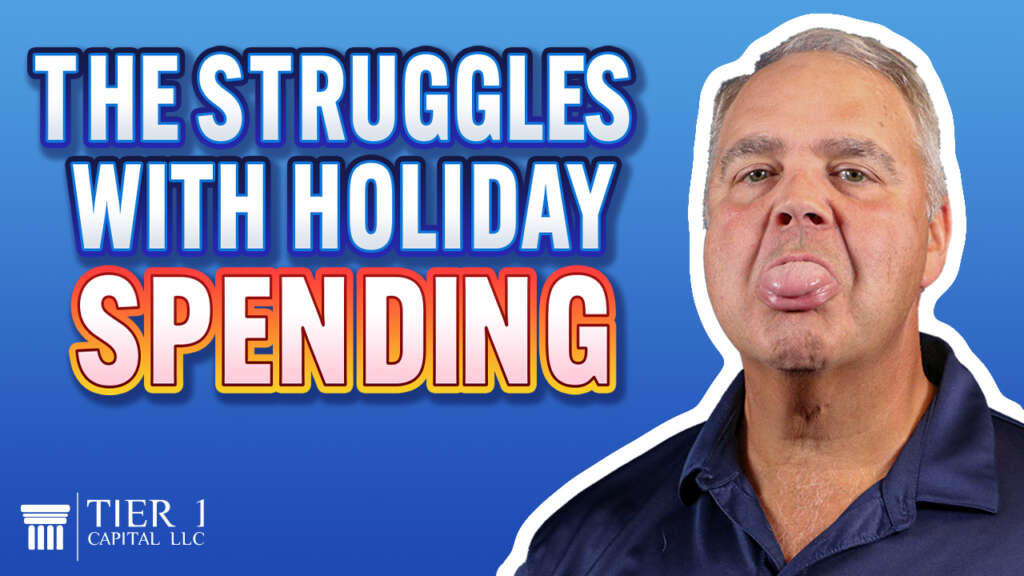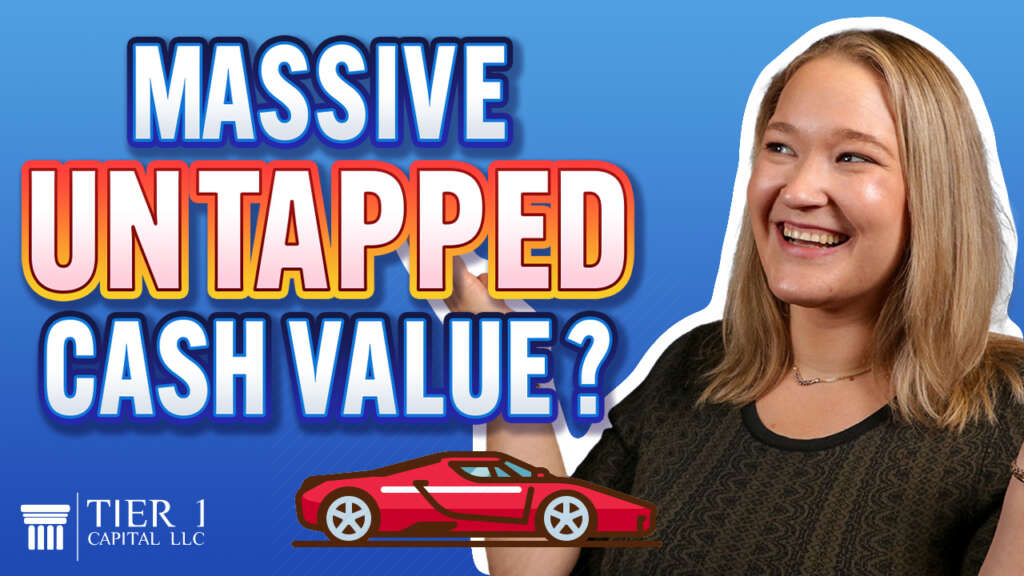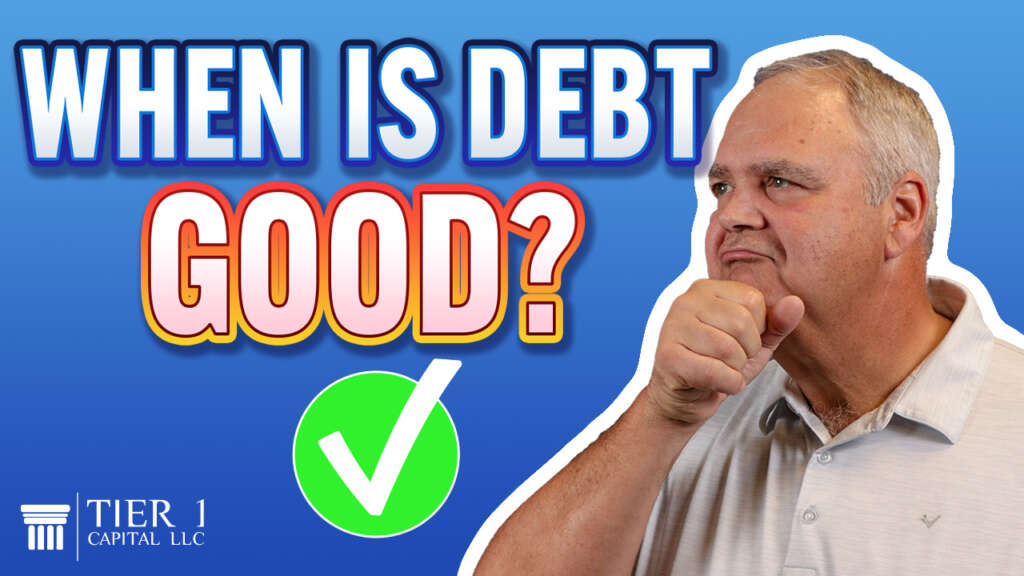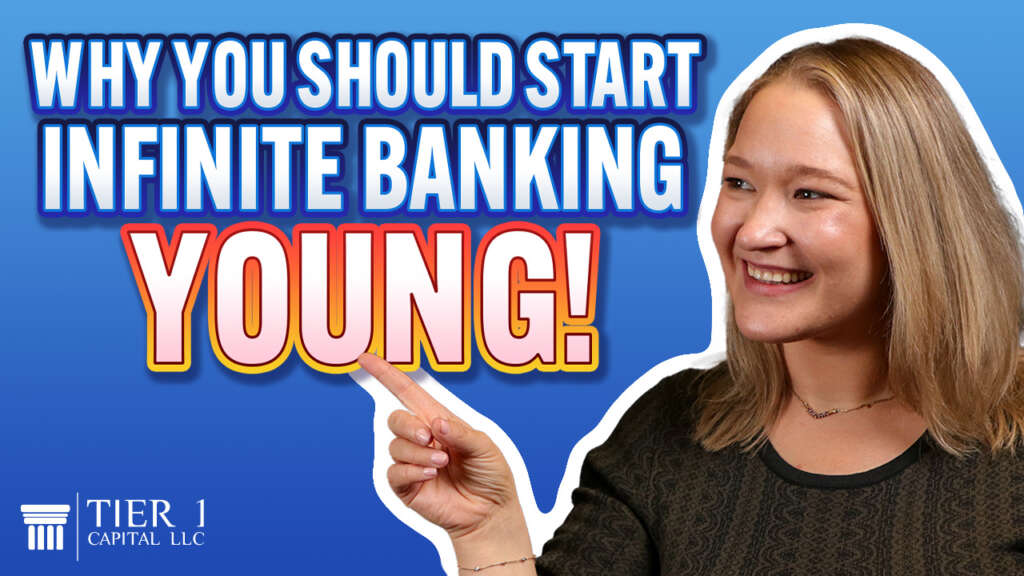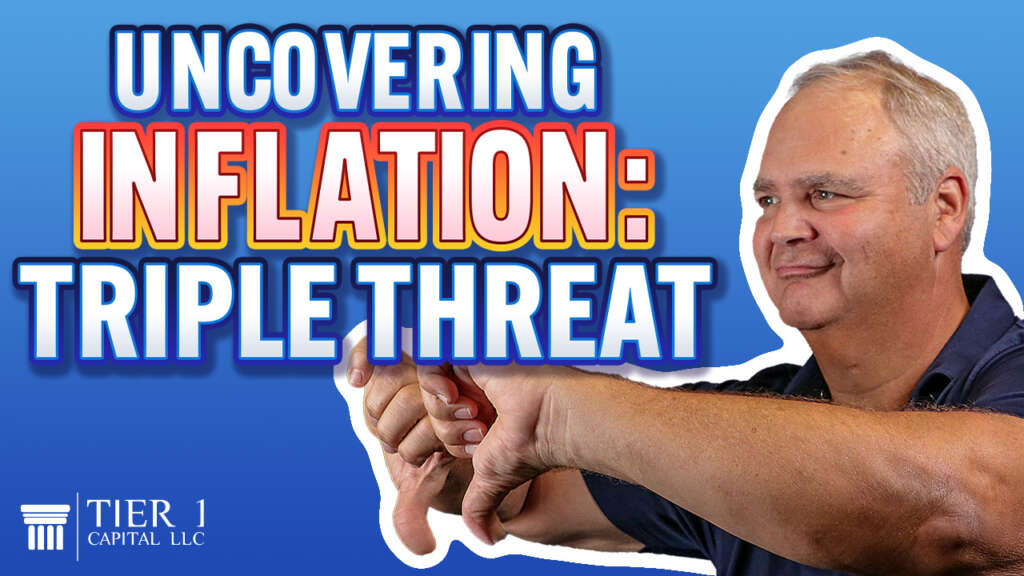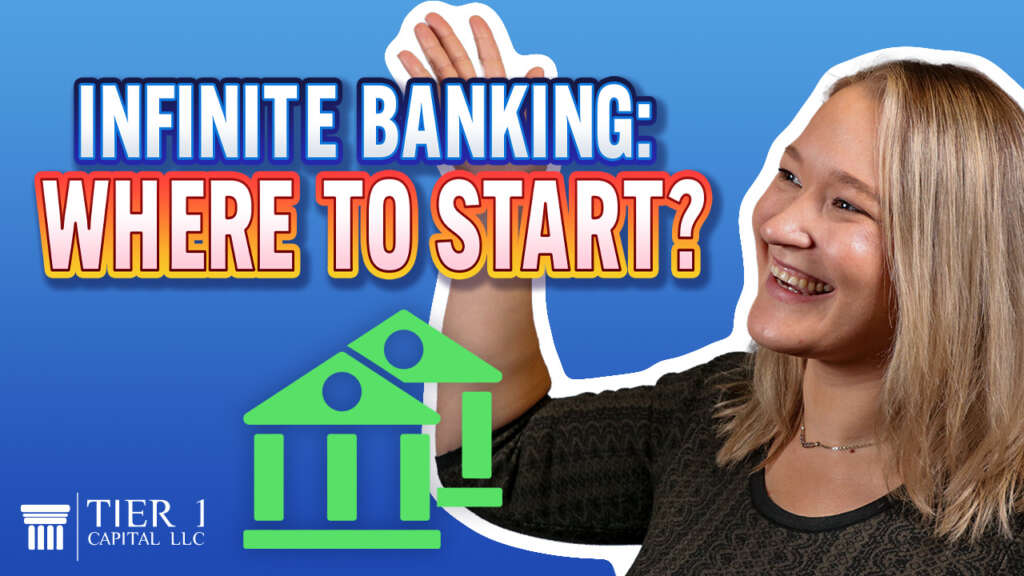
Are you getting started with the infinite banking concept and you’ve heard that you should be building a system of policies?
When it comes to starting your banking system, the most important piece of advice that I give people is to start where you are. Start with whatever budget feels comfortable for your situation at the time.
Ideally, you want to build this banking system, and a system of banking has multiple branches or multiple policies that are accumulated over time. But it doesn’t happen overnight. The key is to start at a place that’s comfortable for you financially and more importantly, is something that you can utilize. Because the more you use it, the better it’s going to get.
As Nelson Nash said, any time that you can control the financing function in your life, you win by default because everybody else is being controlled by the system. If you’re in control of the system, you win by default.
I got my first policy as soon as I graduated from college, and naturally, I didn’t have a job yet, so my policy was only $200 a month. But that was starting where I was at the time. Over time, however, I’ve built more and more policies into my banking system and leveraged them along the way. As we build up that policy and that policy ages and matures by design, actuarially they become more and more efficient.
During the early years of the policy, let’s say I had access to 50% of the premiums that I was paying. However, over time, and as that policy has matured, I have access to more than $1 for every $1 of premium that I’m paying. You see, life situations change. I started earning an income and then as my income has grown, I’ve been able to purchase more policies because ideally, we want to be saving 20% of our income.
However, as our income changes, that’s a moving target. And so it’s important to build that system to accommodate and save efficiently along the way. Not only do I have access to more and more cash, but now I’m making the rest of my money more efficient because I can utilize that money and leverage the cash value I have to make the rest of my money more efficient.
For example, when I wanted to buy a car, instead of paying cash for the car, I borrowed against the life insurance. I was able to maintain control of my cash, and now I’m making a monthly payment back to the insurance company. And that’s important because now I have two hoses filling up this policy bucket.
I have the premiums growing and accumulating the cash value. Plus, I have the policy loan repayments, reducing the lien on my cash value so that I’m growing my cash value exponentially. Consequently, the next time I want to go buy a car or put a down payment on a house, I’ll have access to more cash value within my policy because I’m playing honest banker.
And here’s another analogy. If you’re doing business with a commercial bank, you are flying into a perpetual headwind, but when you control the financing function in your life, you’re creating a perpetual tailwind.
So naturally, we start off by insuring ourselves and maybe our spouses, but over time, it may make sense to build a banking system to include your extended family and your children so that you have multiple lives insured. And that creates a windfall into the family banking system and allows you to create generational wealth within your family.
If you’d like to get started in creating a tailwind instead of flying into a headwind, schedule your free Strategy Session today. Or if you’d like to see exactly how we put this process to work for our clients, check out our free webinar, The Four Steps to Financial Freedom.
And remember, it’s not how much money you make and it’s how much money you keep that really matters.





